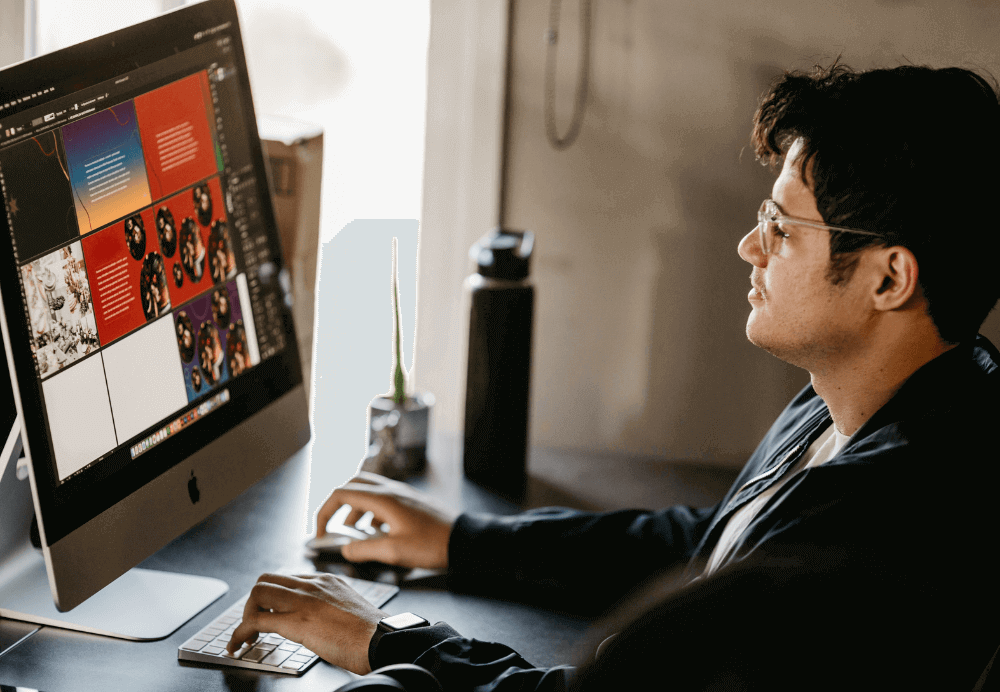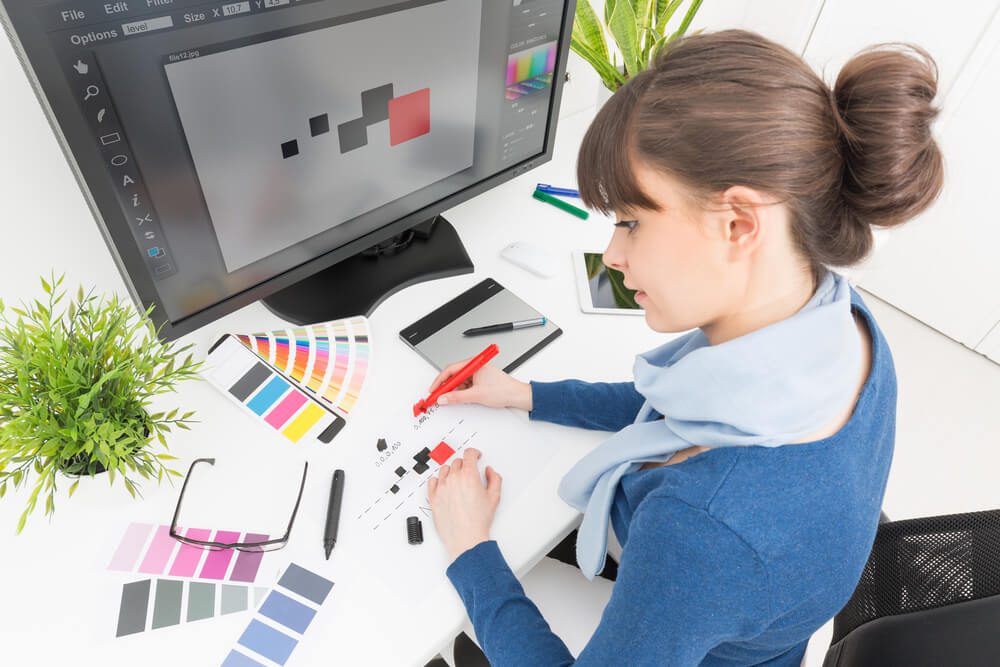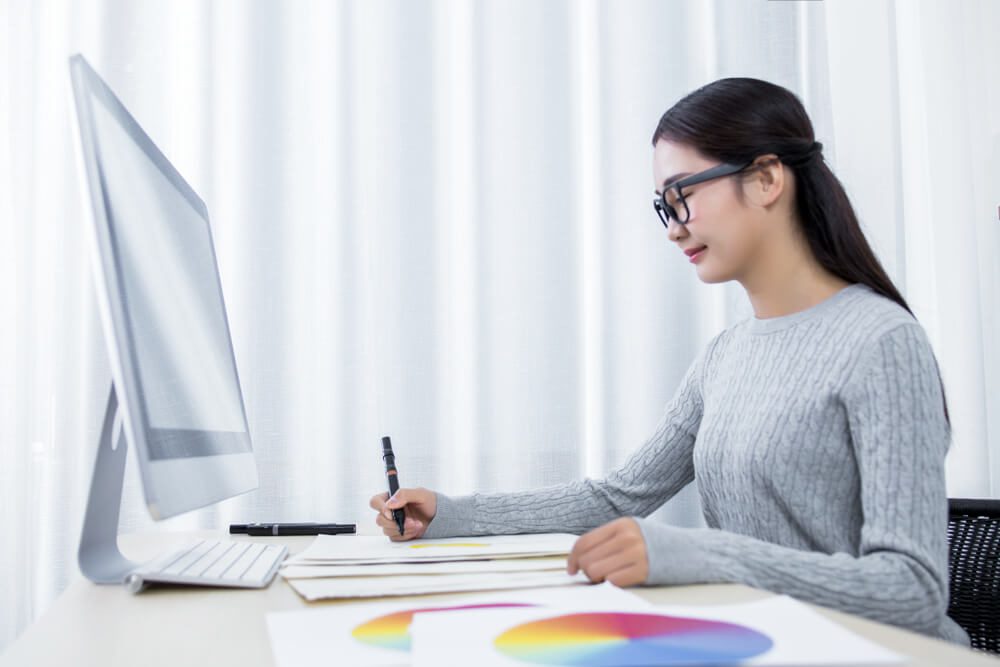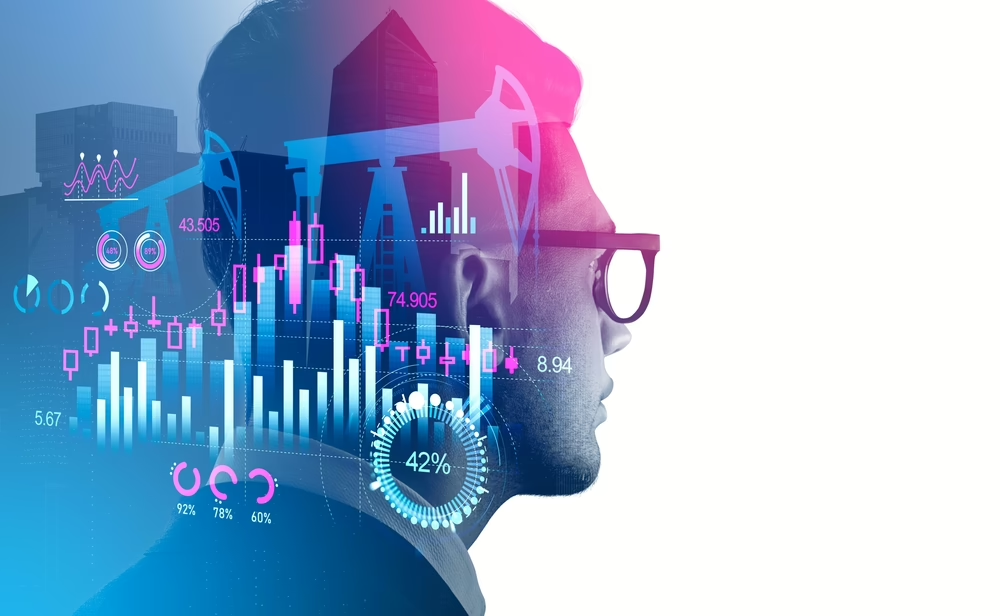
New Trends: What Impact Is AI Having on Graphic Design Now?
Adobe’s release of its generative AI tool Firefly in June 2023 shows the impact of artificial intelligence (AI) on graphic design. With Firefly’s all-in-one AI editor, anyone can create professional-looking images, videos, and PDFs.
AI has made graphic design more accessible by doing the following:
 Designers use various AI tools to simplify their work. They can rely on AI to perform repetitive tasks such as cropping images, resizing them, and correcting issues. Doing these manually takes time, which could otherwise be spent on more critical tasks.
AI also ensures accurate and consistent outputs, improving design quality. It gathers and analyzes previous design data and trends to recommend layouts, colors, and typography. Designers do not need to start from scratch each time they have a new project. More importantly, they can focus on improving design influence and the user experience.
Designers use various AI tools to simplify their work. They can rely on AI to perform repetitive tasks such as cropping images, resizing them, and correcting issues. Doing these manually takes time, which could otherwise be spent on more critical tasks.
AI also ensures accurate and consistent outputs, improving design quality. It gathers and analyzes previous design data and trends to recommend layouts, colors, and typography. Designers do not need to start from scratch each time they have a new project. More importantly, they can focus on improving design influence and the user experience.
 AI has brought incredible advancements to graphic design. It makes design creation seamless, produces personalized experiences, and provides an immersive experience. These advantages have increased the demand for quality visual designs in various industries and markets. Here are ways that AI influences graphics design in multiple industries:
AI has brought incredible advancements to graphic design. It makes design creation seamless, produces personalized experiences, and provides an immersive experience. These advantages have increased the demand for quality visual designs in various industries and markets. Here are ways that AI influences graphics design in multiple industries:
- Simplify the design process.
- Create more personalized results.
- Provide an immersive experience.
- Improve demand for visual content.
- Save designers time.
Simplify the Design Process
 Designers use various AI tools to simplify their work. They can rely on AI to perform repetitive tasks such as cropping images, resizing them, and correcting issues. Doing these manually takes time, which could otherwise be spent on more critical tasks.
AI also ensures accurate and consistent outputs, improving design quality. It gathers and analyzes previous design data and trends to recommend layouts, colors, and typography. Designers do not need to start from scratch each time they have a new project. More importantly, they can focus on improving design influence and the user experience.
Designers use various AI tools to simplify their work. They can rely on AI to perform repetitive tasks such as cropping images, resizing them, and correcting issues. Doing these manually takes time, which could otherwise be spent on more critical tasks.
AI also ensures accurate and consistent outputs, improving design quality. It gathers and analyzes previous design data and trends to recommend layouts, colors, and typography. Designers do not need to start from scratch each time they have a new project. More importantly, they can focus on improving design influence and the user experience.
Create More Personalized Results
AI-powered graphic design tools provide personalized results. It analyzes clients’ preferences, conditions, and other relevant information to suggest design variations. Designers are able to test the different options using AI and find the best fit. For example, a Las Vegas real estate company wants to overhaul its website design. They want a professional-looking website with a local theme. The design must also emphasize their services (luxury condos, studio apartments, and townhouses) and have smooth navigation. AI accounts for all these inputs and produces a design sample accordingly. This tool makes sure that the design output meets all of the client’s requirements. In addition, because AI has the ability to generate designs quickly and efficiently, it enables designers to focus on other essential aspects of the project and meet customer deadlines.Provide an Immersive Experience
Expert AI tools create more than 2D images and designs, not to mention that these highly specialized tools can produce true-to-life 3D models. Such models create an immersive experience for users. Besides, AI and custom digital design create real-time designs according to user interactions. This ability is useful in various industries. For instance, a graphic designer works with software developers to simulate situations to help beginner drivers practice. They make software with realistic dashboard views, including buildings, vehicles, pedestrians, and road signage. AI uses data from various road scenarios, even weather conditions, to create lifelike, immersive, and interactive student experiences. Students are more likely to learn better with the help of AI-powered software and tools. AI also improves customers’ experiences and helps them make intelligent buying choices. To illustrate, a real estate company uses AI to help clients find the right property. It provides life-like property walk-throughs, allowing clients to visit each room, check amenities, and more.Improve Demand for Visual Content
 AI has brought incredible advancements to graphic design. It makes design creation seamless, produces personalized experiences, and provides an immersive experience. These advantages have increased the demand for quality visual designs in various industries and markets. Here are ways that AI influences graphics design in multiple industries:
AI has brought incredible advancements to graphic design. It makes design creation seamless, produces personalized experiences, and provides an immersive experience. These advantages have increased the demand for quality visual designs in various industries and markets. Here are ways that AI influences graphics design in multiple industries:
1. Agriculture
AI has increased demand for software that helps farmers increase crop yields. Graphic designers and developers use AI tools to develop software that collects data for crop management. Designers use AI for software development to create simple layouts, navigation, and structure to ensure agricultural software helps farmers boost crop production and reduce possible waste.2. Construction
Graphic designers use AI to produce visual solutions for clients in the construction industry. They work with developers to create custom software or apps for a construction firm. Many apps now feature 3D modeling, so that a client or project manager can get an idea of how the space will look before they even start construction. Additionally, AI helps create a website design considering their client’s goals, needs, and preferences in the industry.3. Education
Designers use AI to create educational materials for schools, training centers, and online learning institutions. It assists designers and developers in creating websites, apps, and software to help students, faculty, and parents or caregivers. Graphic designers use AI to design learning materials such as books, maps, and posters.4. Healthcare
Healthcare websites, educational materials, video presentations, and more use relevant graphic designs. AI helps raise awareness about illnesses and health issues through these materials. Designers work with developers to put together healthcare apps and software solutions. AI makes app and software development seamless, personalized, relevant, and cost-effective.5. Retail
Companies in the retail industry need graphic designers to captivate customers and create various visual projects. Designers use AI to produce product labels, store displays, ads, websites, apps, posters, and much more. It also tests various designs to find out what appeals most to customers.6. Travel
Graphic designers help travel companies attract additional customers with an engaging website. AI “studies” customer preferences and needs regarding travel, accommodations, places to visit, and the like. For instance, a Las Vegas travel agency relies on graphic designers for professional-looking marketing materials to attract travelers from across the country.Save Designers Time
AI has significantly improved various aspects of graphic design, saving designers time and effort. It automates multiple design tasks that would otherwise take time, such as data analysis, design production, and design correction. Because of AI, designers have more time to perfect and test their work. Designers can also rely on AI for quality control. AI algorithms analyze and pinpoint design errors or inconsistencies in various design elements. Often, these issues are impossible to detect with the human eye. AI tools improve the quality of the design and ensure that the final product meets the client’s expectations.Summing Up
AI brings a lot of benefits to graphic design. It helps graphic designers simplify the design process and create personalized output. It also creates an immersive user experience and saves time and effort for designers. Because of these great benefits, there is an increased demand for visual content created using AI. Graphic designers use AI tools to assist clients in agriculture, construction, education, and travel. It automates repetitive tasks and helps reduce costly mistakes using predictive analytics. Despite all of these advantages, AI cannot replace human graphic designers. It is merely a tool to make design tasks easier, more manageable, and more cost-efficient for designers and developers. Learn how AI can improve graphic design for your industry or niche. Contact Digital Authority Partners (DAP) today for the latest visual design trends and techniques.Want To Meet Our Expert Team?
Book a meeting directly here



